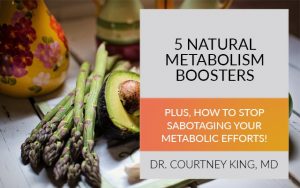Wondering what all the hype is around the Keto diet? In this post, I’ll be explaining everything you need to know about going keto.
Far from a fad diet, the Keto diet has been used since the 1920s when it was created to mimic the fasting state and heal epilepsy.
When used correctly, the keto diet can be not only safe, but highly effective for losing weight, treating and preventing chronic disease, and helping some people find their optimal health.
Keep on reading to for everything you need to know about the Keto diet for beginners.

WHAT IS THE KETOGENIC DIET?
The ketogenic diet is a very low-carb, very high-fat diet that has been shown to promote steady weight loss, increase energy, support cognitive health, and promote hormonal balance.
It is highly effective to help reduce risk factors for chronic diseases like high blood sugar, high blood pressure, and high triglycerides.
When you follow a ketogenic diet your body goes into the metabolic state of ketosis. By going into ketosis, your body produces ketone bodies that are used for steady energy (rather than glucose), and you will burn your stored fat for energy.
- The quick energy source – glucose from carbohydrate foods – gets drastically reduced.
- The body has to look for alternative sources of energy.
- It starts to burn more fat and produce higher amounts of ketones – small molecules that contribute to energy metabolism.

Avocados are one of the best sources of fat!
In order to push your body into the metabolic state of ketosis, and then keep it there, you need to get about 75% or more of your daily calories from dietary sources of fat….. and to do it healthily, these should be mainly “good” fats.
Making that switch will place your body in a state of “ketosis,” when your body becomes a fat burner rather than a sugar burner.
If you are looking for information for the keto diet for beginners, or keto basics, know that it is surprisingly simple to follow. Below are my best tips for going Keto in a healthy way.
7 Keto Diet Tips for Maximum Impact
1. Track your Carbohydrate Intake
The traditional ketogenic diet that was created for those with epilepsy consisted of getting about 75 percent of calories from sources of fat (such as healthy oils, butter, and fattier cuts of meat), 5 percent from carbohydrates and 20 percent from protein. It was also administered to children with epilepsy in a hospital setting to ensure compliance with this difficult regimen.
For most people, a less strict version (what I call a “modified keto diet”) can still help promote weight loss in a safe, and often very fast, way.
The most important thing to recognize is that not everyone is the same. Many people do well aiming for 30-50 net grams of carbs, but as you grow more accustomed to “eating keto” you can remain in ketosis while consuming a few more carbs. The majority of carbs should come from non-starchy veggies – eating your greens is always healthy!!!
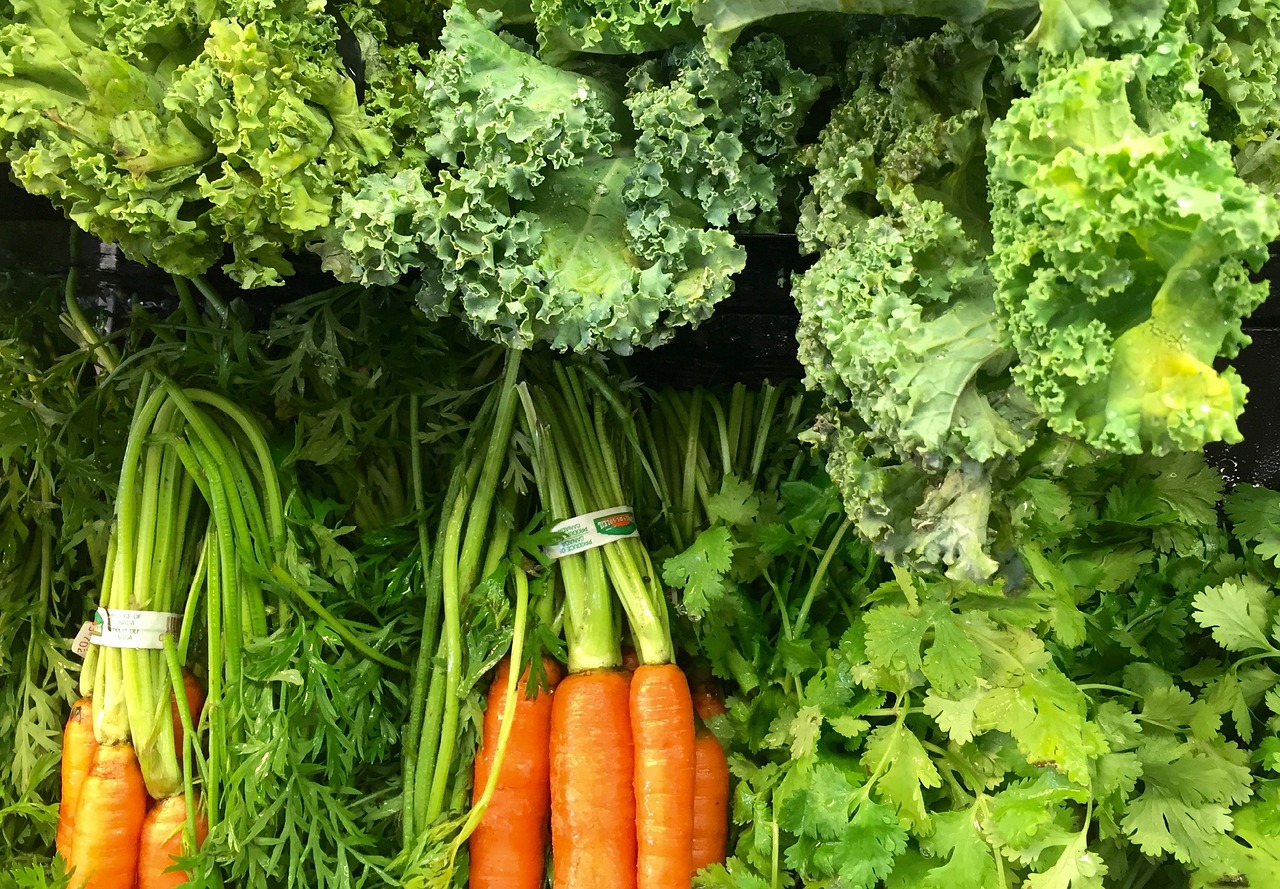
Don’t forget to eat your greens!
“Test don’t guess” is a motto I fully believe in for all things Functional Medicine. If you are doing this for a lifestyle change and to really combat chronic diseases or obesity, then you need to confirm that you are in ketosis.
I recommend using a blood ketone meter for the first couple of months, to ensure that you are in mild ketosis. Urine strips are more affordable and can work too, but are not as accurate.
Once you are testing in ketosis consistently, you can play around with a little bit more low-carb fruits, or starchy veggies, to see what your body can tolerate. The best time to test is just before you break your morning fast.
Women generally do better with a slightly higher carb intake, which is why it is worth consulting a nutritionist or trained professional if you are struggling with ketosis, or considering doing it long term. A very very low carb diet (ie. you are not eating sufficient non-starch veggies!!!) can actually be harmful to some women’s hormone balance and can cause some women to have amenorrhea.
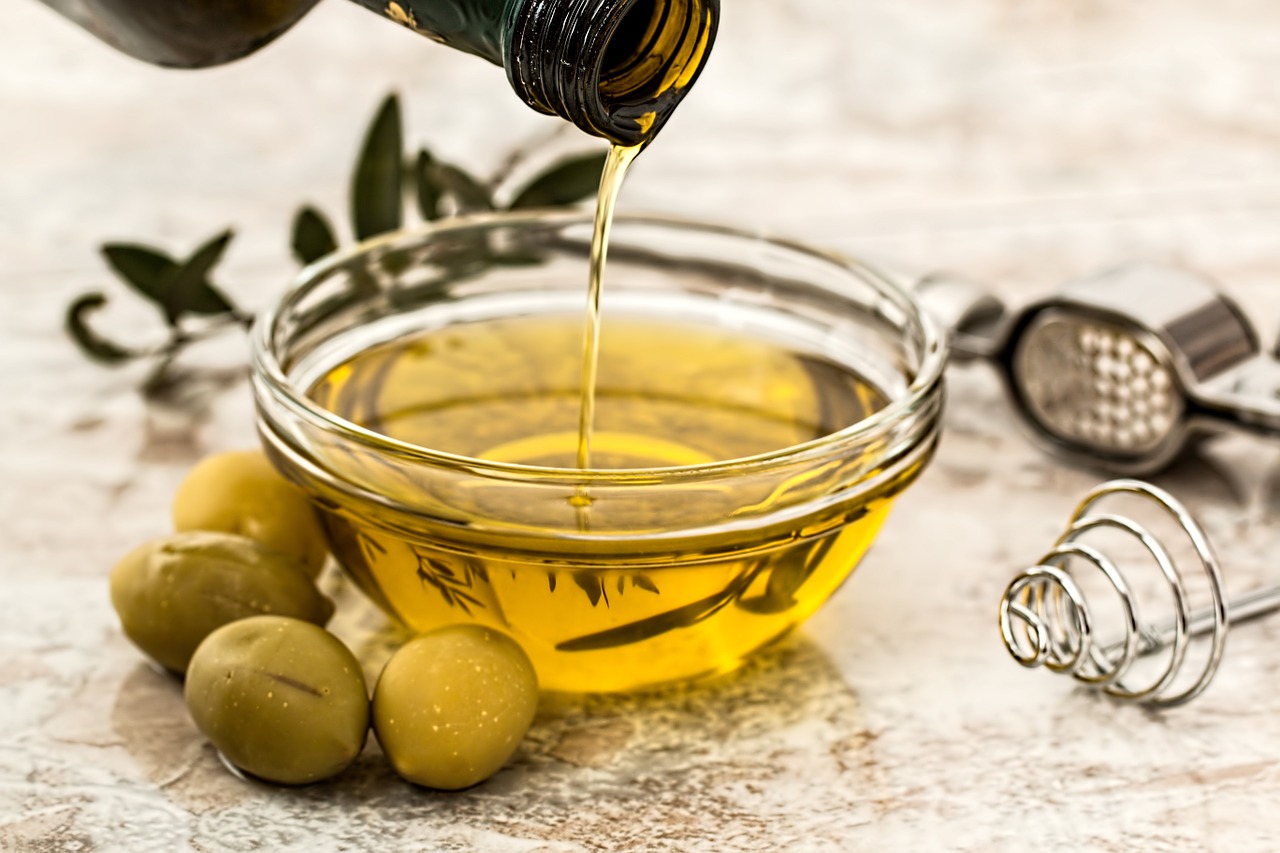
Extra Virgin Olive Oil is another excellent source of fat. Toss it in a vegetable-rich salad!
2. Cycle in Carb Days and Meals
This may seem counter-intuitive at first, but it is really important to still eat some (good) carbs on a ketogenic diet, also known as “carb cycling” or “cycling ketosis”. For patients treating chronic diseases who are under medical supervision, this may not be the case, but for all of the rest of you attempting a ketogenic diet without a doctor or nutritionist on board, you will still want occasional good carbs.
Long-term carbohydrate deprivation can lead to a complete depletion of your body’s storage glycogen levels, depression of your immune system, decrease in metabolic function, and a host of other issues, especially if you are an athlete.
Everyone is different in the case of when they need to start cycling in some carbs. Some people can stay in ketosis for many months before seeing any adverse effects, but generally the less stored fat you already have, the less amount of time you should stay in ketosis. Metabolic flexibility is key!

Sweet potatoes are a great source of a carbohydrate re-feed.
Athletes with a lower body fat percentage should consider carbohydrate re-feeding days, where you would double or even triple your normal ketotic carb intake.
Women should also take cyclical ketosis into account and potentially do more than one carb re-feed a week.
And remember to test! Some carbs will affect your ketone production more than others, and this can be different for many people. I have patients that can add a bit of quinoa, or more berries, or even sweet potatoes, and stay in mild ketosis!
3. Fast at least 12 hours/day
Fasting has always been a part of human history. I mean, look at every major religion! From Ramadan to Lent, there is some method of fasting ingrained in our human culture. Humans have always undergone feast and famine cycles – not necessarily by choice, but it is something that we have evolved to do.
Your body uses a lot of energy for digestion, so ensuring there is a sufficient window when your body does not have to digest, allows energy to be used for other important things like detoxification, removing dead cells, and regenerating new cells! So, everyone should aim to not eat for 12 hours of each day (water is encouraged!!).
Intermittent Fasting (IF) for longer periods of time, 2-3 times a week, is another great strategy to take your keto diet to the next level.
Fasting not only kicks you into ketosis, but it also has a positive impact on hormones, blood sugar regulation, detoxification, and inflammation.
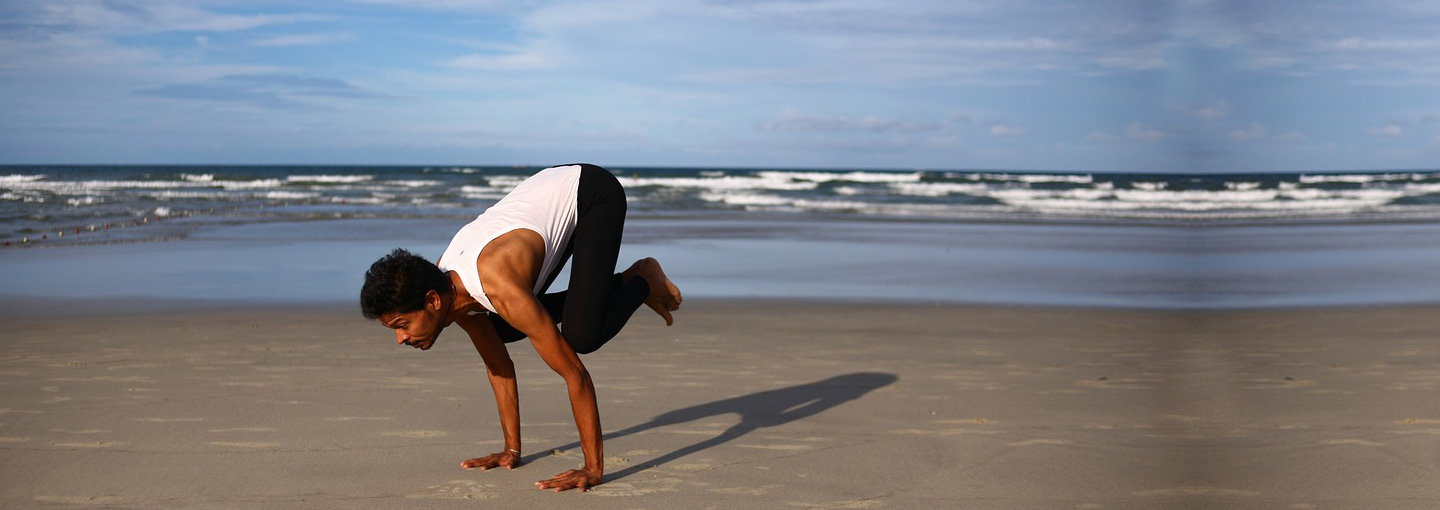
Bonus points if you start your morning with moderate movement in a fasted state!
You can practice intermittent fasting by limiting the amount of time you eat each day to a 4-10 hour window (meaning you’ll fast for 14-20 hours). For example, to fast for 16 hours (and eat in an 8-hour window) you would stop eating at 7 pm and wait until 11 am the next day to eat.
Start by making sure you don’t eat any food after dinner, eating dinner earlier than normal, and attempt to reach 12-hours of fasting each day. Once you have the 12-hour fast down, go for 14 to 16-hour fasting 1 or 2 days a week.
Alternately, you can reduce calorie intake by 75% to induce a fasting-like state, for similar results.
For more information on fasting, I highly recommend using experts like Dr. Jason Fung or Dr. Vaalter Longo as resources.
4. Good Fats are GREAT, Bad Fats are BAD BAD BAD
The most important thing to understand about the keto diet is to get your fat from UNPROCESSED WHOLE FOODS.
The bulk of your calorie intake should come from healthy fats like olive oil, coconut oil, ghee, grass-fed butter, avocados, pasture raised eggs, grass-fed meats, wild game, wild-caught fatty fish, and nuts.

Get your omega-3 (EPA and DHA) fats from cold-water fish like salmon and sardines! Algae is a good source for vegans.
Processed and poor-quality meats from factory farm-raised animals, processed cheeses, non-organic dairy, farm-raised fish, foods with additives and refined, highly processed vegetable oils (canola, sunflower, safflower, etc.) should definitely be avoided. While they may be high in fat, they are completely unhealthy and shouldn’t be a part of any diet!
Fat is one of the main components of cell membranes – AND YOUR BRAIN! – and eating bad fats has awful adverse effects. Good fats, on the other hand, are the building blocks of long-term health. An avocado a day may actually be what keeps the doctor away!
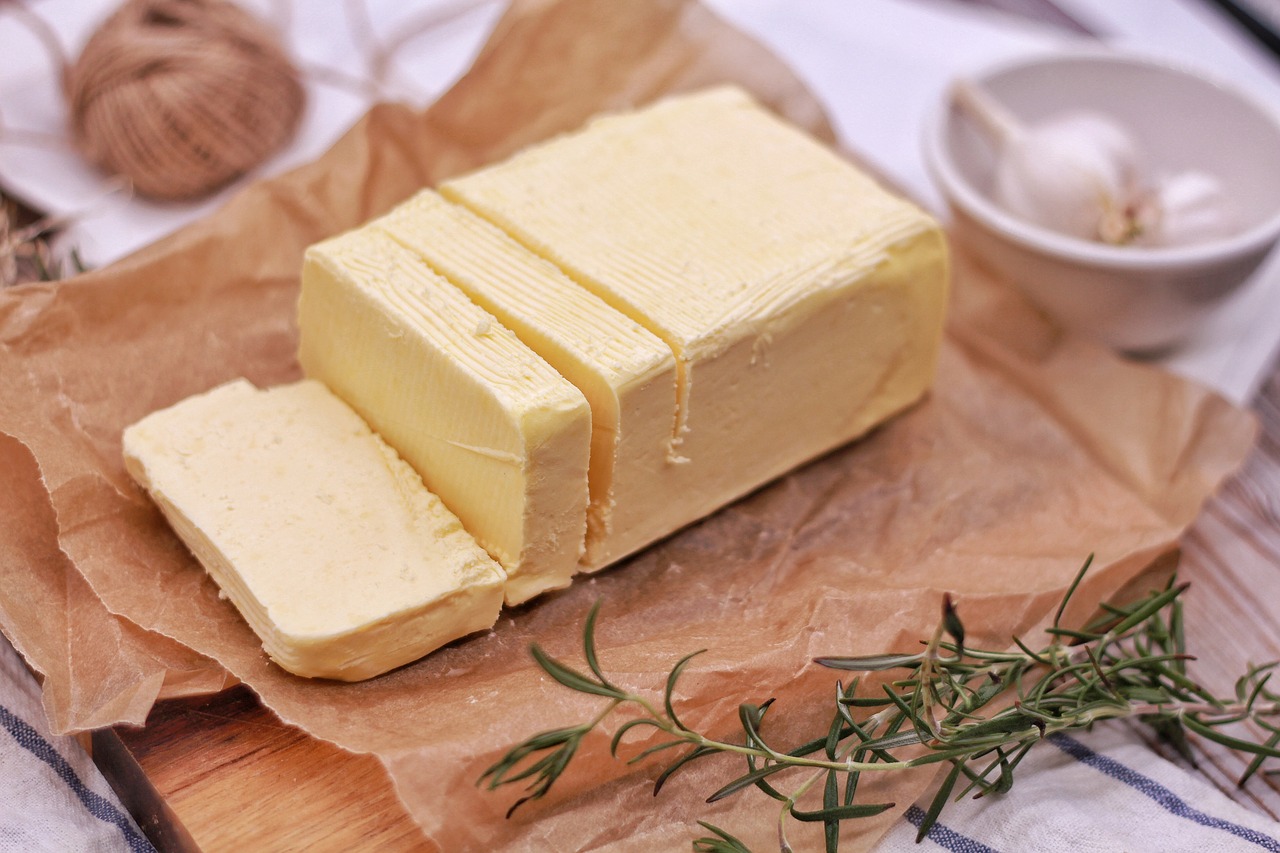
Grass-fed Butter is one of the healthiest sources of fats for your brain! It’s also an excellent cooking fat!
5. Eat Your Veggies!
Eating plenty of non-starchy, cruciferous and green leafy vegetables will also be key to your success, as these types of veggies provide important vitamins, minerals, fiber, and antioxidants.
Kale, lettuce, chard, arugula, bok choi, broccoli, cauliflower, brussel sprouts, cabbage, and many others can help you maintain a proper electrolyte balance while in ketosis, and ensure that you are staying healthy!!
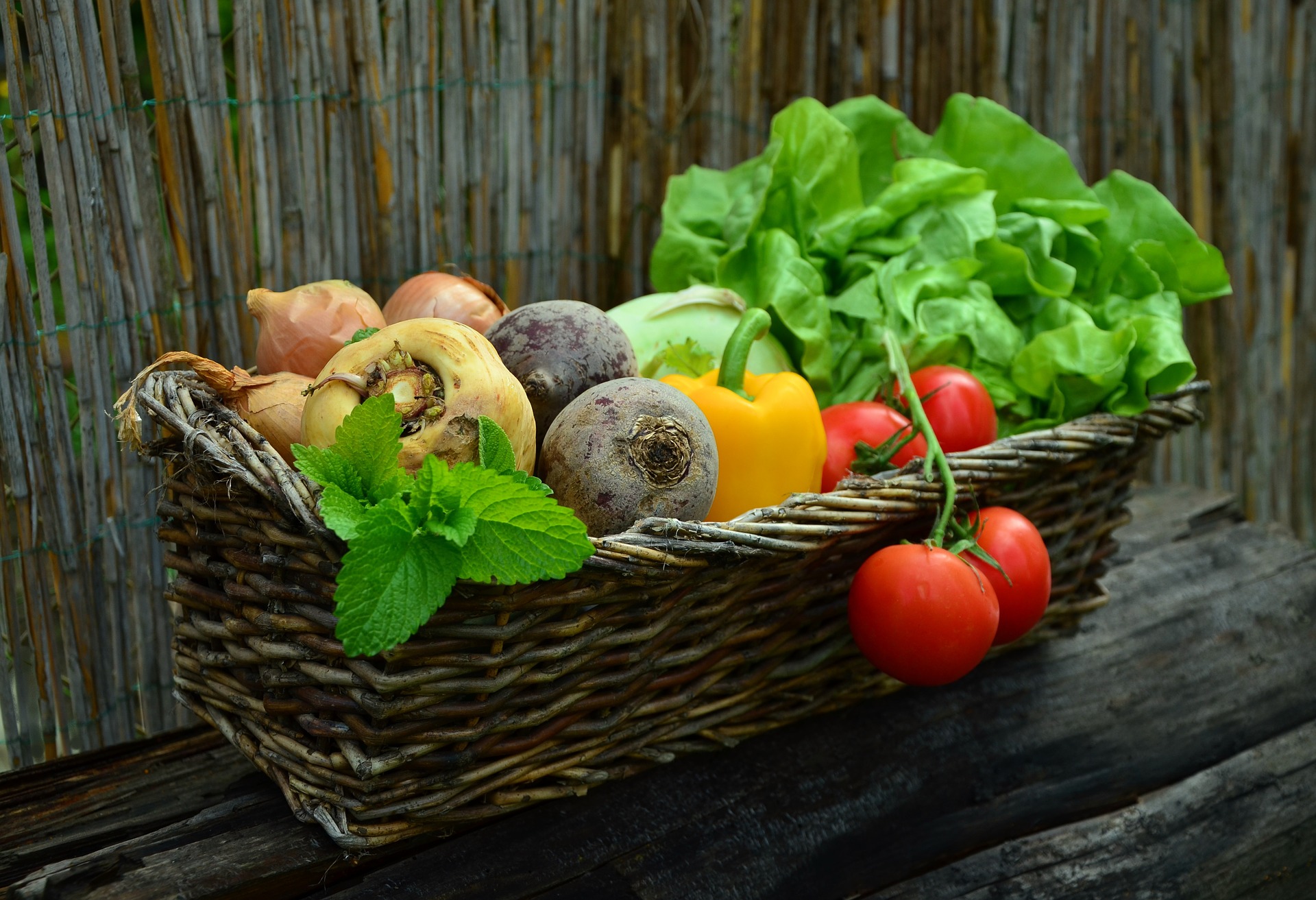
Don’t forget to eat your veggies!
Try to include a handful or two with each meal. Just be sure to minimize or avoid starchy or sugary veggies like potatoes, beets, carrots, and winter squash if you are trying to stay in ketosis.
The question, “can I eat fruit on a keto?” comes up a lot, as it is hard to imagine a healthy diet without fresh fruit!
Blueberries, blackberries, and raspberries have the least sugar and can be consumed in moderation (test, test, test!). I have found that some patients can tolerate small amounts of other fruits as well, but you should only try fruits that have a low glycemic index (and did I mention that you should test ketones if you attempt to add anything with higher carbs???).
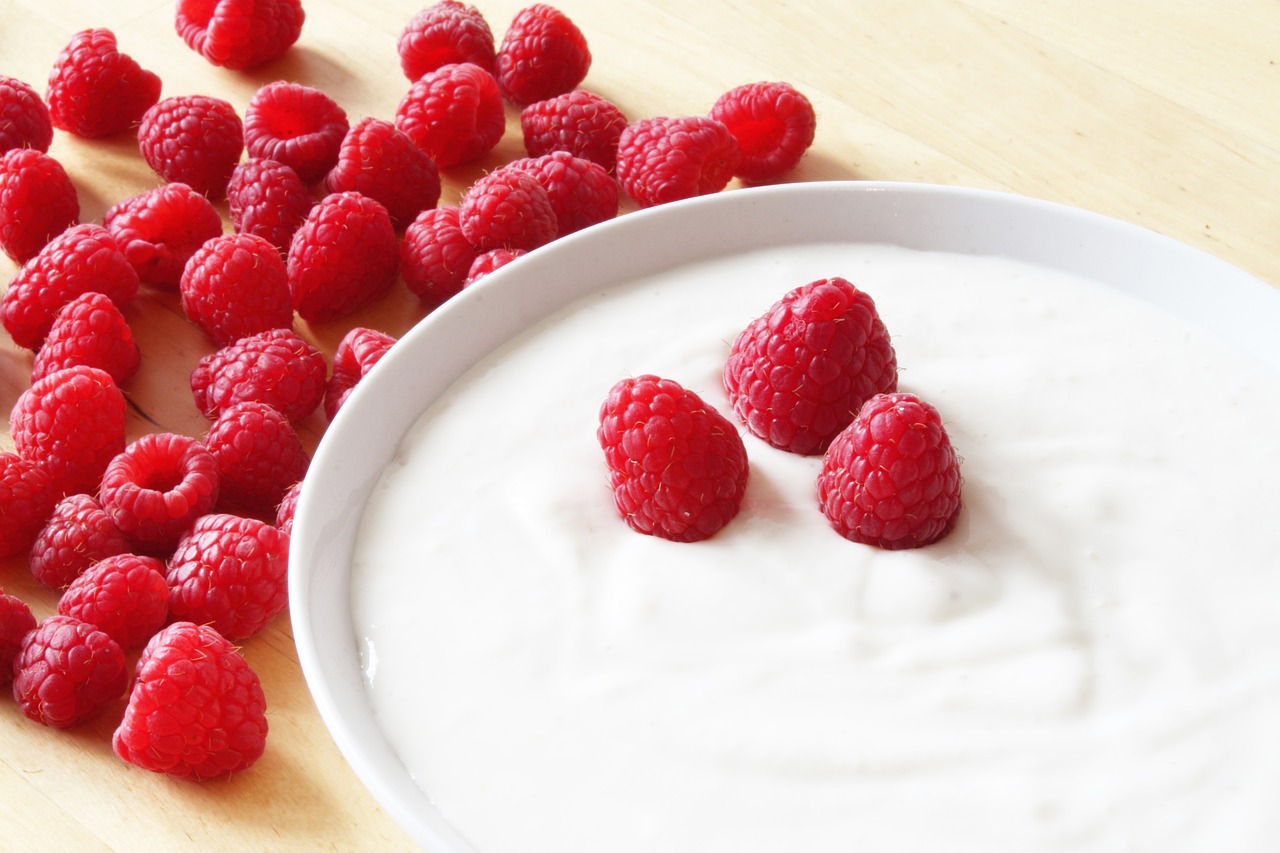
Add some berries to your grass-fed yogurt.
6. Don’t Overdo the Protein
One factor that makes the ketogenic diet very different from other low-carb diets is the fact that it incorporates less protein and more fat. The keto diet includes moderate, but not high, amounts of protein.
(Carbohydrates, meanwhile, are limited to just 5-10% of daily calories (or about 25-35 net grams per day).)
Protein intake should be between one and 1.5 grams per kilogram of your ideal body weight. For example, a woman who weighs 150 pounds (68 kilograms) should get about 68–102 grams of protein daily.
Eating too much protein can cause some of the protein to be converted to glucose, which is totally counter-productive on a ketogenic diet and can inhibit your ability to move into ketosis. The whole point is to be avoiding using glucose for energy and to use ketones instead. Too much protein can put you back into a state of using glucose, and it can throw you out of ketosis, despite restricting carbs.
Eating the right amount of micronutrients and macronutrients is important because this ensures you’ll get into a state of ketosis and actually produce ketone bodies, which are key for making you feel great physically and mentally, even as you severely restrict carbohydrate intake.
7. Stay Hydrated and Consume Electrolytes
While on a ketogenic diet, it is imperative to drink plenty of water and hydrating liquids throughout the day. These can include herbal tea, fresh-squeezed green vegetable juice, organic coffee, green tea, and bone broth. Aim to drink a minimum of 1/2 of your body weight in ounces of water, every day. Drink even more if you sweat!
High-fat foods do not have high water content, and you will be getting less water in the foods you eat. Fruit and sugary veggies are fantastic sources of hydration, but also high carbs.
When you cut these foods out, you are getting less water intake than you are used to, and many Keto beginners experience dehydration, which doesn’t feel good and can be very discouraging. Drink up!

Himalayan Salt will help you replenish electrolytes.
You’ll also want to consume extra electrolytes – either by using Atlantic grey sea salt or Himalayan pink salt to flavor foods or by drinking salted broth – in order to get enough potassium, magnesium and other minerals. Electrolytes can help with digestion while supporting cellular and muscle function. Electrolytes also support good quality sleep, energy, and mood.
Some people who attempt a ketogenic diet can feel lightheaded. Dehydration and electrolyte deficiency are the main culprits, so hydrate and use healthy salts to feel your best!
BE AWARE – Precautions before beginning the Keto Diet
While the keto diet is very different from most standard low-fat diets that have been recommended for weight loss in the past, it’s still generally considered to be safe and health-promoting for most people.
That being said, people who should not start the ketogenic diet (especially without first talking to a doctor) include anyone with a history of diabetes, liver or kidney disease, eating disorder(s) and any genetic defects that interfere with fat absorption, as well as women who are pregnant or nursing.
If you have elevated cholesterol, you will want to monitor this as well. Some people’s LDL (bad cholesterol) goes down after a couple of months on the diet, while other’s can creep up. “Test don’t guess!!!”
Finally, some people will temporarily experience keto diet side effects while they transition into ketosis, but those symptoms typically subside within 1-2 weeks. Potential side effects (sometimes called the “keto flu”) can include headaches, low energy, cravings, weakness and brain fog. Drink plenty of water, and replace electrolytes to help damper the Keto flu.
As always, discuss any major dietary changes with your doctor, to ensure that it is safe for you!!!


